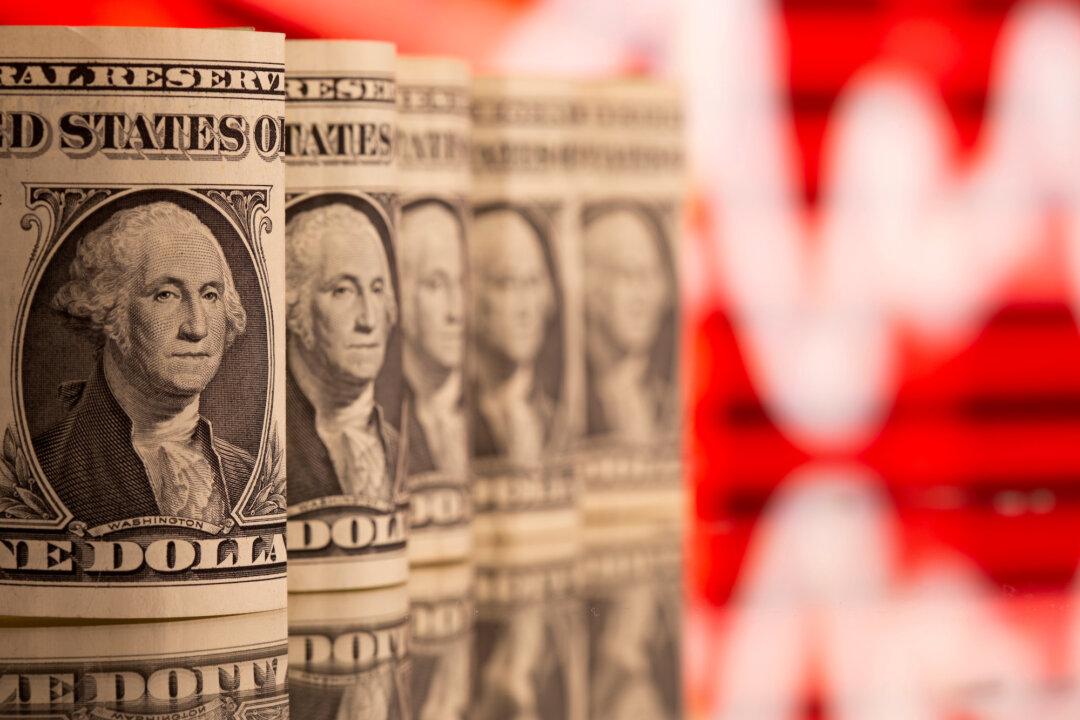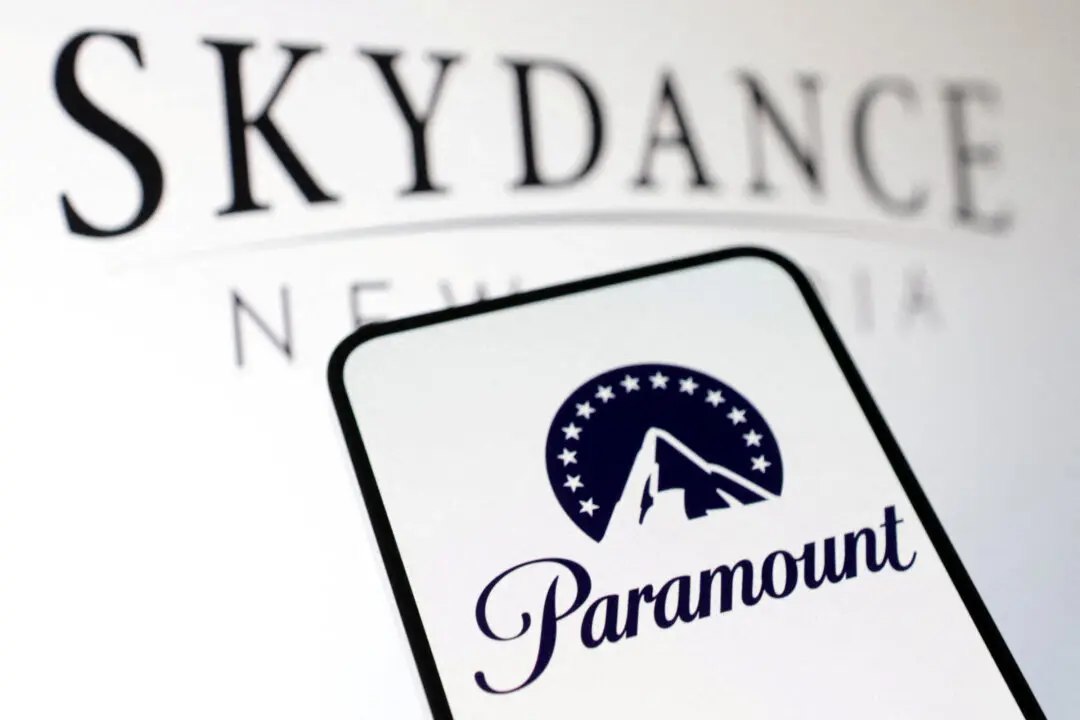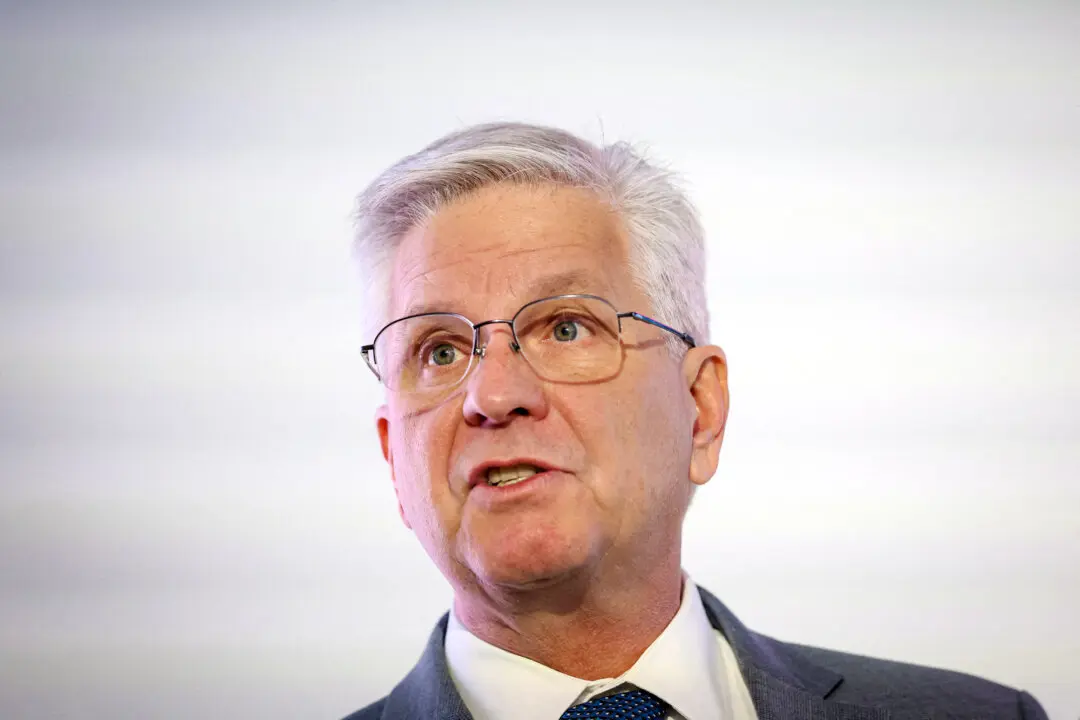A new recession indicator has been born, and it suggests a 40 percent chance the U.S. economy could be in a downturn.
Pascal Michaillat and Emmanuel Saez, economists at the University of California, recently published a paper outlining the details of the new recession signal, which adds another layer to the concept known as the Sahm rule.





